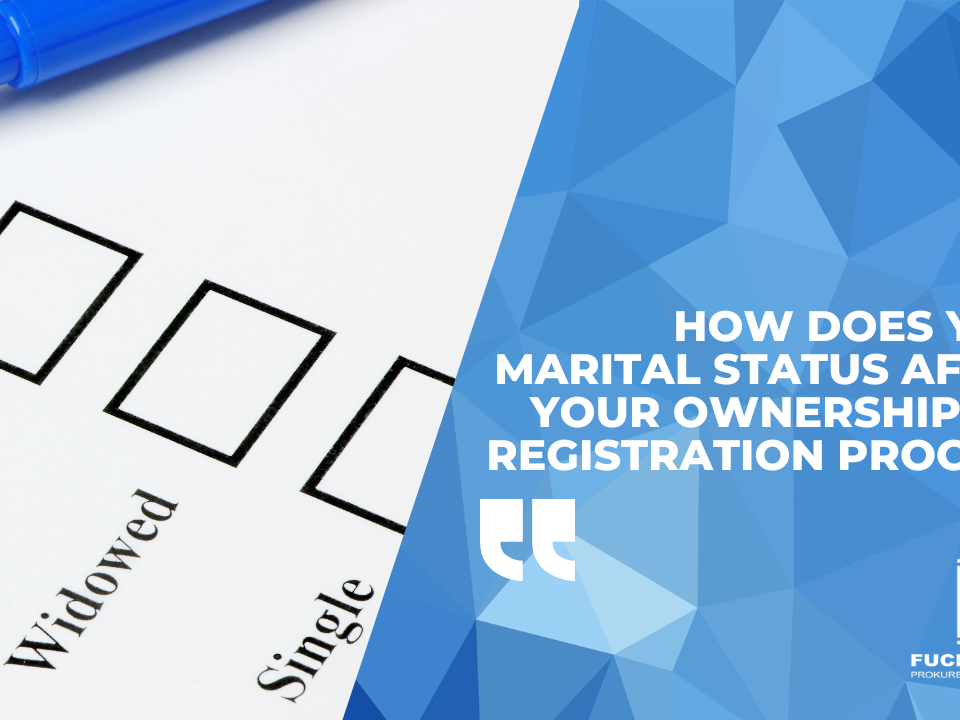
The ups and downs of property co-ownership
November 29, 2021
Deceased’s will declared invalid, despite clear wishes
November 29, 2021A deed of suretyship is an agreement that is concluded by a creditor and a third party. The essentialia of this type of agreement are that the surety (third party) undertakes to be liable to the creditor for the due performance by the debtor of his or her obligations in terms of the principal debt. This type of agreement is normally only executed by the surety(ies) and not by the creditor or the debtor. Deeds of suretyship are often used in circumstances where a juristic person wants to enter into an agreement and where the creditor requires security for the juristic person’s performance in terms of the agreement.
For example, many commercial lease agreements contain a clause which requires that the director(s) of a private company must bind themselves as sureties in favour of the landlord in order for the landlord to enter into a lease agreement with the private company as contracting party. This is to ensure that the landlord can have security for the payment of the rental monies in circumstances where the private company as tenant is unable to pay its debts. Creditors also often request a third party to sign as surety in circumstances where the principal debtor does not have a high-enough credit score.
This article will briefly discuss the requirements that must be met in order to successfully hold a third party liable as surety. The first requirement is that there must be a valid deed of surety. A deed of suretyship must adhere to the strict formal requirements as set out in the General Law Amendment Act 50 of 1956 (hereinafter referred to as “the Act”) due to the onerous obligations that it imposes of the surety. These formal requirements are as follows:
- The deed of suretyship must be embodied in a written document. A person can thus not bind him- or herself as surety in terms of an oral agreement.
- The deed of suretyship must be signed by or on behalf of the surety.
- The deed of surety must set out the identity of the creditor, the surety, as well as the principal debtor.
- The nature and amount of the principal debt must be capable of ascertainment by reference to the provisions of the deed of suretyship. The written agreement may be supplemented by admissible extrinsic evidence in this regard.
It is important to note that the deed of suretyship may be supplemented by incorporating another document to comply with the statutory requirements as set out above. This is often the case where a deed of suretyship accompanies a lease agreement, and where the deed of suretyship only meets the requirements when read together with the terms of the lease agreement.
There are further requirements that must be met in order to hold a surety liable in respect of a valid deed of suretyship. These requirements are the following:
- The cause of action must be one in respect of which the surety undertook liability. For instance: a surety who undertook liability for rental monies cannot be held liable for monies that are due by the principal debtor to the creditor in respect of another cause of action, such as monies advanced to the principal debtor by the creditor in terms of a separate loan agreement. The surety’s liability can also not exceed that of the principal debtor.
- The principal debtor must be indebted. A surety shall thus only be liable once the principal debtor is in default.
A deed of suretyship may also have to comply with further requirements depending on the circumstances. For instance, if the underlying agreement (i.e. the agreement concluded between the creditor and the principal debtor) is subject to the National Credit Act 34 of 2005, then the deed of suretyship shall also be subject to this Act. If the underlying agreement is exempt from the Credit Act, then the suretyship agreement shall be similarly exempt.
Another example of where other legislation impose further formal requirements is where the intended surety is married in community of property to his or her spouse. The Matrimonial Property Act 88 of 1984 requires that the spouse of such an intended surety must give consent in writing to the other spouse binding him- or herself as surety.
Reference List:
- Amler’s Precedents of Pleadings
- Drafting of Contracts 2018 notes by Legal Education and Development.
This article is a general information sheet and should not be used or relied on as legal or other professional advice. No liability can be accepted for any errors or omissions nor for any loss or damage arising from reliance upon any information herein. Always contact your adviser for specific and detailed advice. Errors and omissions excepted (E&OE)



